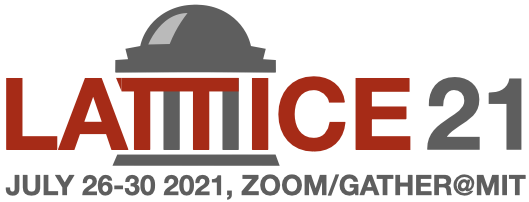Speaker
Manuel Schneider
(Deutsches Elektronen-Synchrotron DESY)
Description
Graphene can be modeled by the Hubbard model on a honeycomb lattice. However, this system suffers strongly from the sign problem if a chemical potential is included.
Tensor network methods are not affected by this problem. We use the imaginary time evolution of a fermionic Projected Entangled Pair State, which allows to simulate both parity sectors independently. Incorporating the fermionic nature on the level of the tensor network allows to fix the particle number to be either even or odd. This way we can access the states at half filling and with one additional electron. We calculate the energy and other observables of both states, which was not possible before with Monte Carlo Methods.
Primary author
Manuel Schneider
(Deutsches Elektronen-Synchrotron DESY)
Co-authors
Carsten Urbach
(University of Bonn)
Johann Ostmeyer
(University Bonn)
Karl Jansen
(DESY)
Laura Zywietz Rolón
(University of Bonn)
Thomas Luu
(Forshungszentrum Jülich)




